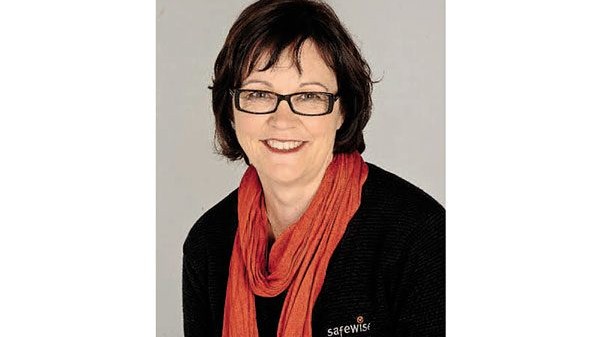
It’s very difficult to monitor workers’ safety when they are out of sight – that includes wearing seatbelts.
I recently heard of another truck accident where the driver died because he wasn’t wearing a fitted seat belt. I have been told many, many times about ‘someone’ who would have died if he were wearing his seat belt. I have investigated a lot of truck accidents, and I have never come across a situation where this could have been true.
The PCBU (person conducting a business or undertaking) is responsible for identifying and managing hazards. Part of this is checking that controls are being used and are effective. But it is very challenging to monitor if workers are using controls when they are out of sight. It is reasonable to expect that workers will follow the rules – with the obvious pre-condition that they have been made aware of the hazards, risks, and controls, that they understand how to use the control and that it is in good condition and appropriate for the task.
For transport organisations, this includes drivers wearing seat belts. The law states you must wear a fitted seat belt. It is very rare for a vehicle, especially a truck, not to have a seat belt fitted.
A PCBU can monitor control use by visual inspection, camera use and by using a check sheet. Check sheets are the least effective and may require a second action from time to time. The frequency of the second action will depend on the hazard and the severity of the outcome. Cameras are handy for monitoring and for following up incidents. However, if used for monitoring, they require someone to check them regularly.
Visual inspections, site reviews, in-cab assessments, and so on provide information about the whole work. They provide an opportunity for communication between workers and the person doing the inspections and allow immediate response to any issues.



